PermissionError: [Errno 13] Permission Denied is a common error that users encounter when they lack the required permissions to access a file or directory. In this comprehensive guide, we will explore effective strategies to resolve this issue.
KEY INSIGHTS
- Understanding the cause of the error is the first step towards resolving it.
- Solutions range from checking and modifying file permissions to running programs as an administrator.
- It’s critical to follow each step in the guide carefully to successfully overcome the error.
- Seeking professional support can be helpful if the problem persists.
What’s the Optimal Outcome Without the permissionerror: [errno 13] permission denied Problem?
In the absence of the permissionerror: [errno 13] permission denied problem, users would be able to access, modify, and run files or directories without encountering any restriction or error.
The system would allow users to execute commands, open files, and utilize software seamlessly.
Case Study: When Does the permissionerror: [errno 13] permission denied Error happen?
For example, a Python programmer working on a project might encounter this error while trying to read a file using Python’s built-in functions.
Despite the file being present in the specified location, the system throws the permissionerror: [errno 13] permission denied, thus preventing the programmer from accessing the file.
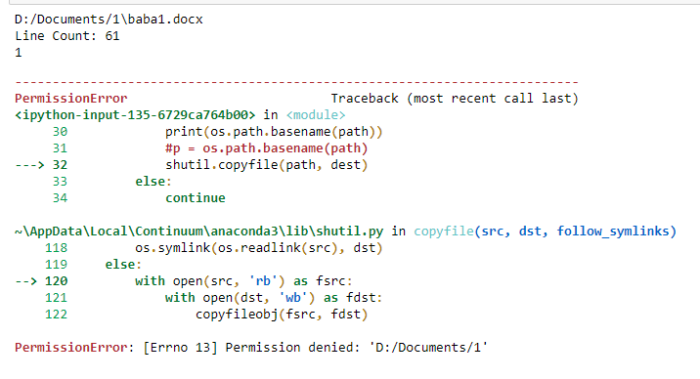
Initial Diagnosis: Have You Tested These Measures?
Before moving on to complex solutions, it’s advisable to try some basic troubleshooting. This could include restarting the system or testing the scenario in a different environment to confirm if the error is persistent.
The Significance of Rectifying permissionerror: [errno 13] permission denied:
Addressing the permissionerror: [errno 13] permission denied is crucial to ensure the smooth operation of your computer.
Neglecting this error can hamper your ability to access, modify, or execute specific files or directories, disrupting your work or the operation of certain software applications.
Interactive Guide: 5 Functional Strategies to Address permissionerror: [errno 13] permission denied:
SOLUTION 1: Check File or Directory Permissions
The first step in resolving this issue involves checking the permissions of the problematic file or directory. In Windows, this can be done by right-clicking the file or directory, selecting ‘Properties’, and then navigating to the ‘Security’ tab.
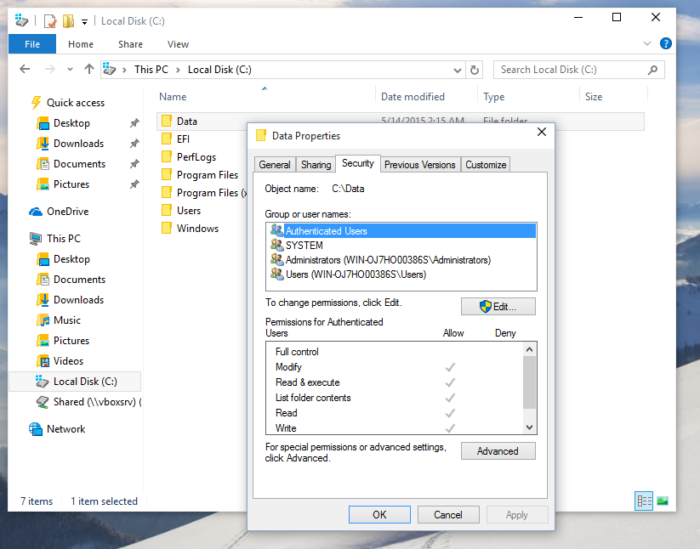
SOLUTION 2: Run the Program as an Administrator
If the permissions seem to be in order, try running the program as an administrator. This can often bypass the permission restrictions.
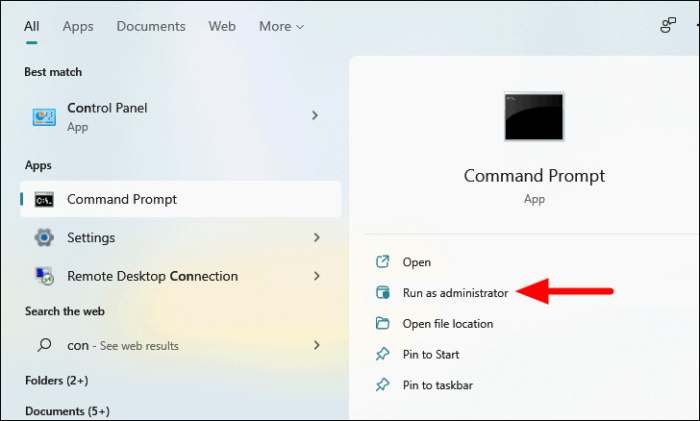
SOLUTION 3: Use the CHMOD Command (For Linux Users)
For Linux users, the CHMOD command can be used to modify the permissions of a file or directory.
For instance, the command ‘chmod 755 filename’ will give the file owner full permissions while restricting others to read and execute permissions only.
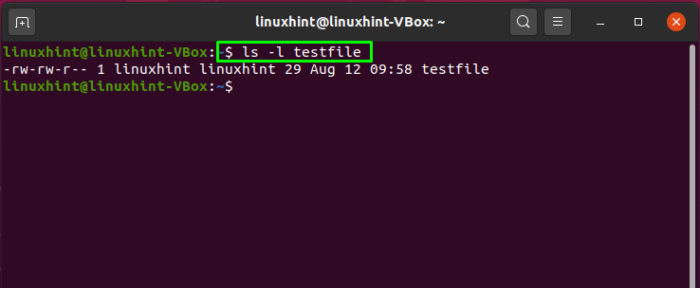
SOLUTION 4: Close the File if it’s Opened Elsewhere
If the file or directory you’re trying to access is opened in another application or process, this might be causing the error. Make sure to close the file in all other applications before accessing it again.
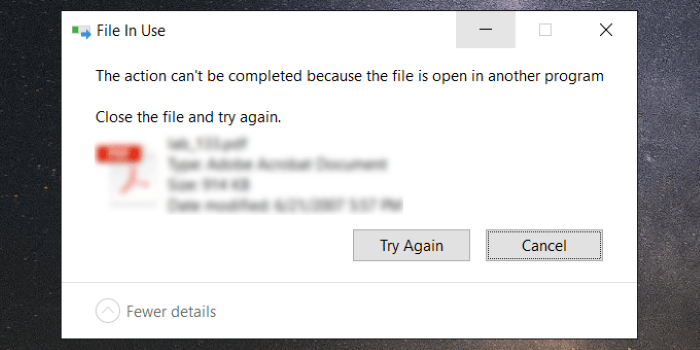
SOLUTION 5: Update Windows and Drivers
Sometimes, the error can be a result of outdated system software or drivers. Hence, ensure that your Windows and all drivers are up-to-date.
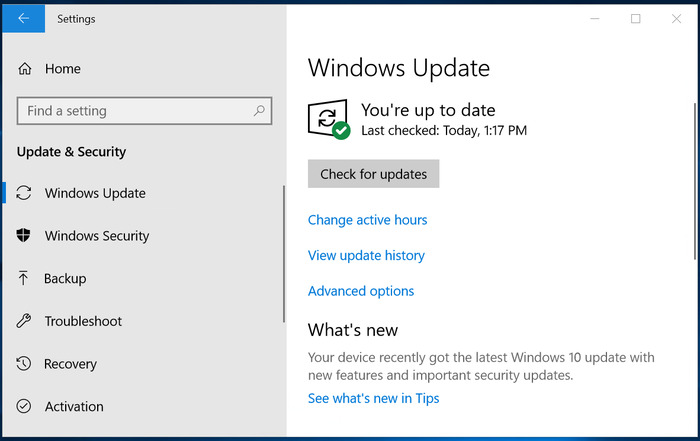
How to Prevent permissionerror: [errno 13] permission denied Error in the Future
To prevent this error from recurring, ensure that you regularly update your system software and drivers. Also, double-check the permissions of files and directories before attempting to access or modify them.
Final Thoughts
While the permissionerror: [errno 13] permission denied can be frustrating, it is usually resolvable with the right strategies.
Following the solutions outlined in this guide should help most users overcome this issue. If the problem persists, don’t hesitate to seek professional support.
FAQs
What does permissionerror: [errno 13] permission denied mean?
This error occurs when a user attempts to access a file or directory for which they do not have the necessary permissions.
How do I fix permissionerror: [errno 13] permission denied in Python?
This error can be fixed by checking and modifying file or directory permissions, running the program as an administrator, or closing the file if it’s opened elsewhere.
Can I prevent permissionerror: [errno 13] permission denied from happening in the future?
Yes, by regularly updating system software and drivers and by ensuring correct file permissions, you can prevent this error.
I still encounter the error despite following the solutions. What should I do?
If the error persists despite trying all solutions, it’s advisable to seek professional support.
Can this error damage my computer?
No, this error doesn’t cause physical damage to your computer. However, it can disrupt your ability to access or modify specific files or directories.

![permissionerror [errno 13]](https://www.connectioncafe.com/wp-content/uploads/2023/05/permissionerror-errno-13-1024x435.webp)